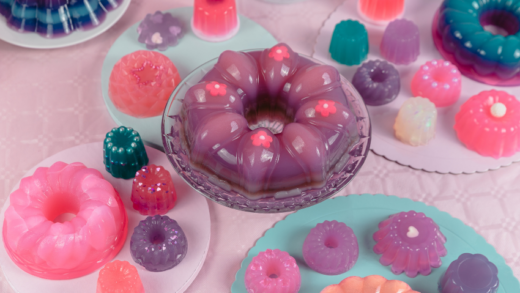The Persian cat is one of the most popular cat breeds in the world, known for its luxurious fur, sweet disposition, and regal appearance. Originating in Iran (formerly known as Persia), this breed has been around for centuries, with some evidence suggesting that they were even kept by royalty. Today, the Persian cat is beloved by cat lovers worldwide and has become an iconic symbol of feline beauty and grace.
In this article, we’ll take a closer look at the Persian cat, exploring everything from their physical characteristics to their personality traits, health concerns, and grooming needs. Whether you’re a lifelong fan of this majestic breed or are considering adding a Persian cat to your family, read on to discover everything you need to know.
Physical Characteristics of Persian Cats:
The Persian cat is a medium-to-large sized breed, with a distinctive round face, short snout, and wide-set eyes. They have a thick, luxurious coat that comes in a wide range of colors and patterns, from solid black to pure white and everything in between. Here are some of the key physical characteristics of Persian cats:
- Body type: The Persian cat has a stocky, muscular build with a broad chest and short legs. They are known for their dense, fluffy fur, which can make them appear larger than they actually are.
- Coat: Persian cats have a long, flowing coat that requires regular grooming to prevent matting and tangles. Their fur can be either single-coated or double-coated, with the double-coated variety being more common.
- Face: The Persian cat has a distinctive flat face with a short nose and wide-set eyes. This facial structure can make them prone to certain health issues, as we’ll discuss later in this article.
Personality Traits of Persian Cats:
Beyond their physical beauty, Persian cats are also known for their sweet and affectionate personalities. They are calm, gentle creatures that make excellent companions for families and individuals alike. Here are some of the key personality traits of Persian cats:
- Affectionate: Persian cats are known for their love of attention and affection. They enjoy cuddling with their humans and are known to be particularly fond of lap time.
- Laid-back: Persian cats are not particularly high-energy, preferring to spend their time lounging and napping. They are not as playful as some other cat breeds and may be better suited to a quieter, more relaxed household.
- Independent: While Persian cats enjoy human company, they are also content to spend time alone. They do not require constant attention and can entertain themselves for long periods of time.
Care Tips for Persian Cats:
Caring for a Persian cat requires a bit of extra effort due to their long, thick coat and flat facial structure. Here are some key care tips to keep in mind if you are considering adding a Persian cat to your family:
- Grooming: Persian cats require daily grooming to keep their fur in good condition. This includes brushing, combing, and trimming as needed. Regular grooming can also help prevent hairballs and other digestive issues.
- Diet: Persian cats can be prone to obesity, so it’s important to feed them a balanced, high-quality diet that is appropriate for their age and activity level. Consult with your veterinarian to determine the best diet for your cat.
- Health concerns: Persian cats are prone to certain health issues, including respiratory problems, eye issues, and dental issues. Regular checkups with a veterinarian can help catch these issues early and prevent more serious health problems from developing.
FAQs:
Are Persian cats good with children?
Yes, Persian cats are known for their gentle and laid-back personalities, making them great companions for children. However, as with any pet, it’s important to supervise interactions between children and cats to ensure that both are safe and happy.
Do Persian cats shed a lot?
Yes, Persian cats have long, thick coats that require daily grooming to prevent matting and tangles. This can result in a fair amount of shedding, particularly during shedding seasons.
Can Persian cats be kept as outdoor cats?
While Persian cats can be trained to go outdoors, they are generally better suited to indoor living. Their long coats and flat facial structure make them more vulnerable to certain health issues, including sunburn, eye injuries, and respiratory problems, which can be exacerbated by outdoor living.
How often should I take my Persian cat to the vet?
It’s recommended that Persian cats receive regular checkups with a veterinarian, ideally once or twice a year. This can help catch health issues early and prevent more serious problems from developing.
What’s the best way to groom a Persian cat?
Grooming a Persian cat requires daily attention, including brushing, combing, and trimming as needed. It’s important to use a gentle touch when grooming to avoid hurting the cat’s skin or causing matting. A professional groomer can also provide additional assistance and guidance on how to care for your cat’s coat.
Conclusion:
The Persian cat is a truly majestic breed, with its luxurious coat and sweet personality capturing the hearts of cat lovers around the world. They do require a bit of extra care and attention due to their grooming needs and potential health issues. They make excellent companions for families and individuals alike. Whether you’re a lifelong fan of the Persian cat or are considering adding one to your family, we hope this guide has provided valuable insights into this iconic feline breed.





















